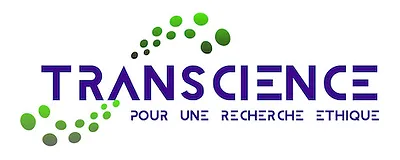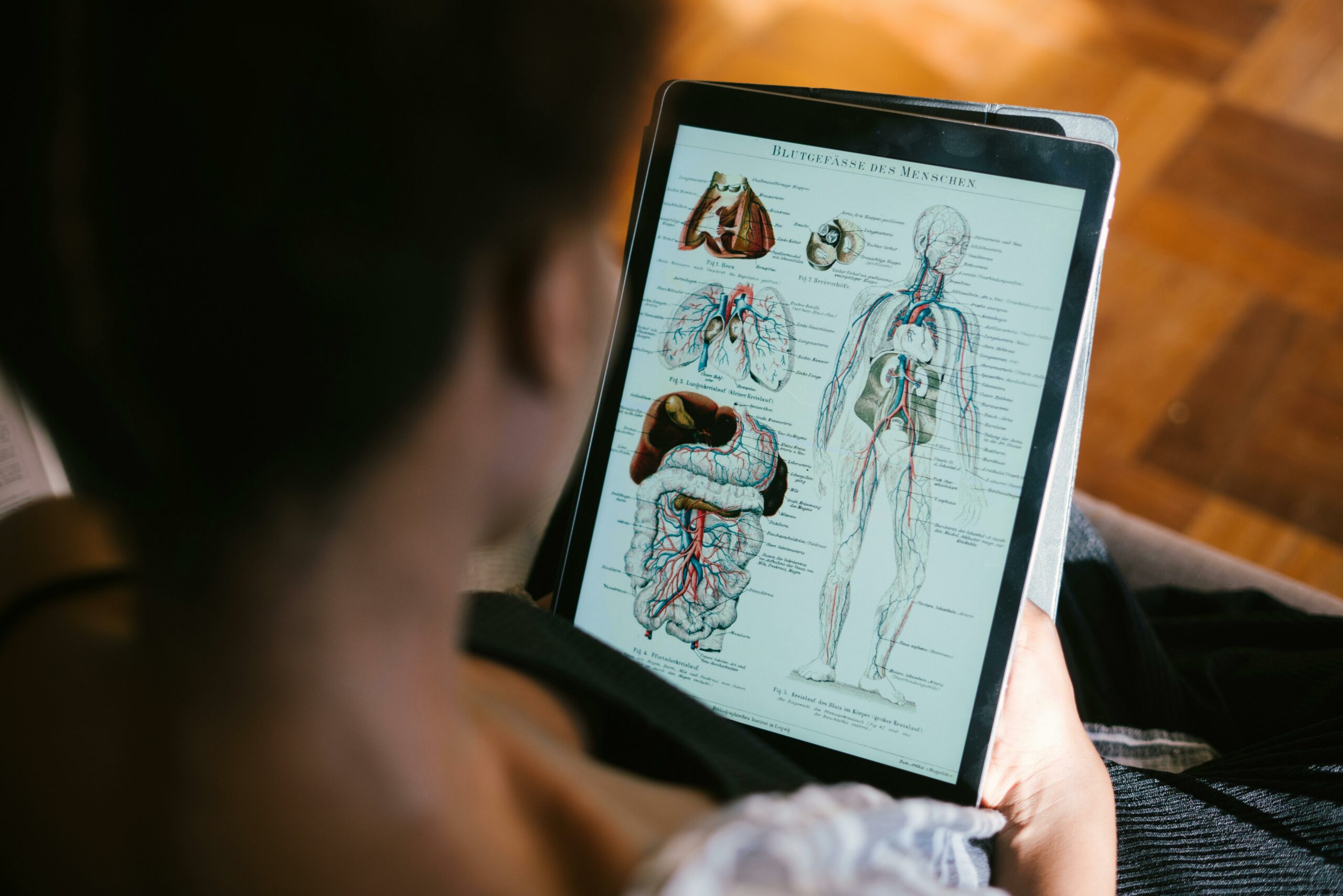France remains a major user of animals in higher education and vocational training, and even the second user in the European Union behind Germany (*), despite the fact that numerous alternative tools already exist, that others could be developed, and that in some cases the use of animals is absolutely unjustified. Yet these projects receive a favourable opinion from the “animal experimentation ethics committees” and are granted administrative authorization by the French Ministry of Higher Education and Research, even though they contravene the regulations, since the replacement principle is not applied (on this point, please refer to the “Legal” category of our site).
(*) In 2022: 24,292 for vocational training and 11,287 for higher education, compared with 39,462 and 9,233 respectively in Germany, but only 1,468 and 43 in Italy, and 7,708 and 5,296 in the Netherlands.
The animals used are mostly small rodents, but also rabbits and large mammals, especially pigs for training surgeons.
There are two main categories of use:
- Use in training programs linked to professional practices that require learning and perfecting technical or even highly technical skills: training programs for laboratory technicians who use animals, training programs for surgeons, training programs for the livestock industry and – in a very controlled way – veterinary training programs.
- Used to acquire anatomical or physiological knowledge, or to verify the acquisition of theoretical concepts covered in lectures: bachelor’s and master’s degrees in life sciences and biology, biological engineering, pharmacology, etc.
The special case of veterinary training
You’d think that veterinary medicine and surgery would be the fields in which the use of animals would be necessary and “acceptable”, insofar as the technical gestures to be acquired will be applied to “animal patients” who will ultimately benefit from this learning. In fact, the use of live animals as part of their training was a rather unpleasant experience for most veterinary students.
In France, veterinary schools have been leading the way for several years now in replacing the use of live animals with alternative teaching tools.
The advantages of non-animal teaching aids
As Anne Gogny – a veterinary doctor and practitioner at Oniris (Nantes National Veterinary School) – pointed out at a conference organized by the Académie Vétérinaire de France on April 29, 2024, non-animal teaching aids offer numerous educational, ethical and economic advantages. Even so, she acknowledged that there are limits to the use of non-animal models, due to the difficulty of manufacturing certain organs and the often very high cost of commercial models.
Video of the conference here : Learning veterinary techniques through medical simulation… – YouTube
The list below does not claim to be exhaustive, as the market for alternatives is constantly evolving, and manufacturers are often based outside the European Union, but it will give the reader a good idea of the diversity of (often unused) possibilities.
What replacement tools and methods should be used in vocational training?
- Learning technical gestures on animals for the animal experimentation professions (or for veterinarians)
The alternatives often consist of more or less realistic animal mannequins.
Since rats and mice are the animals most widely used in animal experimentation, several (non-European) manufacturers market “models” of these animals on which trainees or students can practice injections, sampling, force-feeding, incisions and so on. For example:
Natsume Rat (Japan) : Rat training simulator
Mimolette (USA) can also be used in veterinary training: Mimolette
Mimicky Mouse (Japan/USA): Mimicky mouse
Rabbits are also widely used
Siko, a rabbit ear model for blood sampling (Switzerland) : Silicon Rabbit Ear (with video)
American company SynDaver offers simulations of human and animal bodies (whole bodies, organ models, vascular models, muscular, arterial and abdominal tissues, etc.): SynDaver | Synthetic Humans for Medical Simulation
Other proposals are emerging which take advantage of technological developments, such as project “Virtual 3R”, developed by the University of Le Mans in partnership with the “Fondation nationale des IUT de France”. This project aims to develop a virtual platform for animal experimentation, enabling students to learn technical gestures in virtual reality: Virtual 3R – University of Le Mans Computer Science Laboratory. For the moment, this platform is still under development. It does not replace practical work, but its use precedes it.
- Learning technical gestures for veterinary students or for students in “livestock” courses:
Mannequins of various animals, including cattle and horses: Holsim | Veterinary Simulation Models (New Zealand)
Dog and cat mannequins as well as training aids for feline hysterectomy, sutures (USA) …
Rufus Bandaging Mannikin – rescuecritters.com
Advanced Veterinary Training – rescuecritters.com
Rabbit head model for intubation (USA): Rabbit Intubation Standard – Med Dimensions
For dog injections, this paw model (New Zealand) is available: IV Dog Leg Model Kit | Holsim Veterinary
For cost reasons, veterinary schools develop some of their own simulation tools (using in-house engineers):
– Nantes : Virtual Vet
– Lyon: Sim’ Day at VetAgro sup
– Maisons-Alfort: Visit the medical simulation room, VetSims
- Learning surgical techniques
In France, the University of Poitiers developed project “Sim Life” in 2013 (revascularized, ventilated human cadavers). The project has grown and is supported by the French Ministry of Higher Education and Research”: “SimLife” technology for a digital surgical simulation network
Simedys: ultra-realistic teaching innovation revolutionizes hands-on training for surgeons
In Sweden, a surgical simulator has been developed: LapSim – Surgical Science
In Germany, a simulation model has been developed by the Hamburg University of Technology (HANNES: Hamburger ANatomique NEmodèle de Simulation model): HANNES | PKT
It can be used, among other things, for animal-free education and training of doctors in the minimally invasive treatment of vascular diseases, or for thrombectomy. It provides a more realistic representation of the human anatomy by simulating all the vessels involved.
To overcome the shortcomings of simulation tools for surgical training (lack of force feedback), it is necessary to develop the capabilities of haptic gloves. Some companies are working on this, for example: HaptX or SenseGlove.
- Learning technical gestures for healthcare personnel
There are highly sophisticated simulation tools that enable healthcare professionals to learn how to perform technical procedures on humans, but there are no variations of these tools for learning how to perform the same technical procedures on animals used for scientific purposes.
Proof that the technologies exist but are not being extended to animals for lack of funding:
The new generation of simulation dummies: Ultra High Fidelity! (France)
Hopital-virtuel-de-lorraine/ (France)
Simulation kits – 3B Scientific (Germany)
Scalpels, Sutures, Mannequins? (USA)
What replacement tools can be used to acquire or validate knowledge?
- Acquisition of anatomical knowledge
The Anatomage table is a multi-functional tool.
It gives students a fun way to learn about human anatomy: Anatomage – A powerful clinical tool
This table – which also allows “virtual” dissections – can be used to train veterinary surgeons: TABLE VET – Anatomy
Sim Rabbit is a multi-disciplinary project developed by Oniris (Nantes National Veterinary School). It consists of an innovative experimental physiology sequence based around a realistic rabbit automaton, animated by physiological simulation software. This simulation tool was very well received by a group of volunteer students. Adjustments are still underway to make it even more effective.
IMAIOS offers veterinary students support for the study of anatomy: vet-Anatomy, the Anatomy of Imaging
AD Ld Instruments is a company offering a wide range of images and videos of anatomical model dissections and explorations. It has developed an e-learning platform with ready-to-use content for life sciences, nursing and medicine: Online Physiology Software & Life Science Lessons | ADI.
This type of platform should be used by all universities training in the life sciences, as the use of live animals cannot be justified for practical work in bachelor’s or master’s degrees in biology or in biological engineering, for example.
- Validation of pharmacological knowledge
The University of Strathclyde (Scotland) has developed a pharmacological simulation package consisting of a suite of programs simulating pharmacological experiments on isolated tissues or whole animals. A range of drugs at varying concentrations can be applied and their effects observed: University of Strathclyde
The e-learning platform developed by AD Ld Instruments (see above) can also be used with pharmacology students: Pharmacology Collection | Online Learning Software | ADI. This not only enables students to prepare their lectures and practical work, but also to complete exercises at any time and assess their own progress.
Université Paris Cité proposes to make pharmacology practical work more fun with “Neurogaming 2.0”: When pedagogy meets play: Neurogaming 2.0 reinvents Pharmacology Practical Workshops | Faculté de pharmacie de Paris




